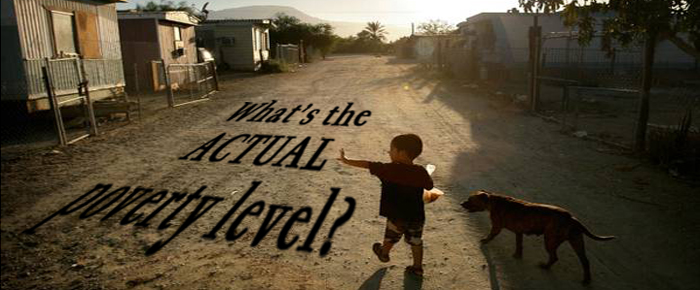
By Haddon Libby
Edgar Fiedler, economist for Presidents Nixon and Ford once said, “Ask five economists and you’ll get five different answers – six if one went to Harvard.”
Last week, economist John Husing of Economics & Politics, Inc. spoke at the Coachella Valley Annual Economic Summit. At that gathering, Husing declared that the Coachella Valley in on the cusp of an economic recovery.
Looking through Husing’s presentation, it is clear why he feels optimistic. Tourism and retail sales are rebounding which is creating job growth while home sales and prices are improving.
The economic recovery in the Coachella Valley at present relies primarily on tourism, agriculture, health care and government spending. Construction, which once drove the local economy, has shown some signs of recovery yet nothing sizable enough to make a significant difference.
Husing cited an unemployment level of 8.5% for the Coachella Valley. While he is accurate relative to the statistics released by the U.S. Bureau of Labor Statistics, his number excludes the long-term unemployed and those working in part-time jobs but looking for and/or needing full-time jobs. If one were to include these excluded folks, the unemployment rate would be closer to 17%. If we include undocumented workers and other difficult to track “employed” people like realtors, retirees looking for work and self-proclaimed but revenue deficient consultants, the unemployment rate goes higher.
As a reminder, a gradual redefinition of who is considered unemployed relative to 1970 definitions is the reason that the national unemployment rate is not really 5.9% but closer to 12%. It is also why our unemployment rate is 8.5% and not 17%. By any definition though, the Coachella Valley has some of the highest unemployment rates in the nation.
Another way to look at the economic health of an area is to look at trends in that areas poverty levels. Overall, the Coachella Valley has 70,709 people or one in five people living in poverty. This number is approximately 5,000 people higher than last year.
Poverty is defined as one person living on $11,670 a year or a family of four living on $23,850 annually. As you will see in the table below, poverty increased in every city in the Coachella Valley last year except for Indio, a city that already had the most people living in poverty due to its large population base. Most troubling is that so many children in the Coachella Valley live in poverty.
As Husing stated, training and education are key to breaking the cycle of poverty.
Herein lies the rub in forecasting a recovery in the economic prospects of the Coachella Valley. Without a robust educational system and a population interested in seeking retraining, it is very hard to break this dire and growing cycle of poverty.
It is also very difficult to attract higher paying jobs and improve the general economic health of our region without a higher skilled workforce. How can Husing state that we score a “B-“ in economic health when one in five live in poverty with unemployment rates that are amongst the highest in the nation?
For the Coachella Valley to move beyond its status as a retirement and second home resort community with festivals and farms and high levels of poverty will require more than summits – it will require substantial actions and efforts by those in leadership positions as well as the people who need the help the most.











































